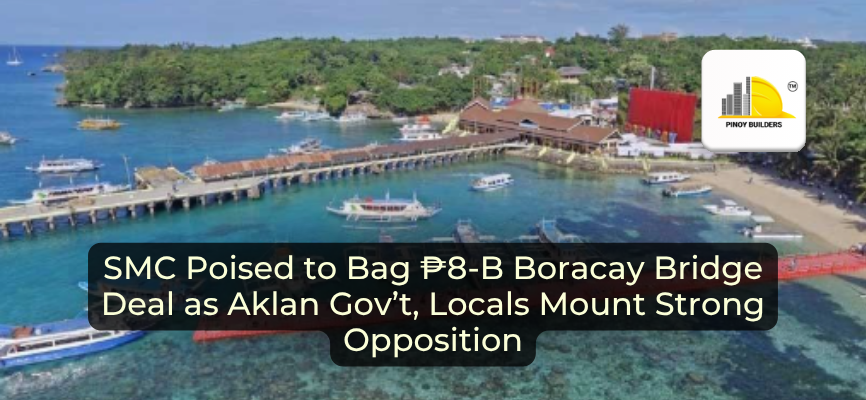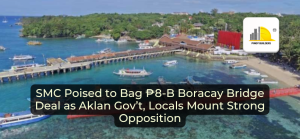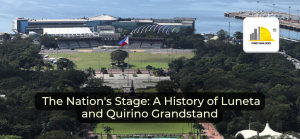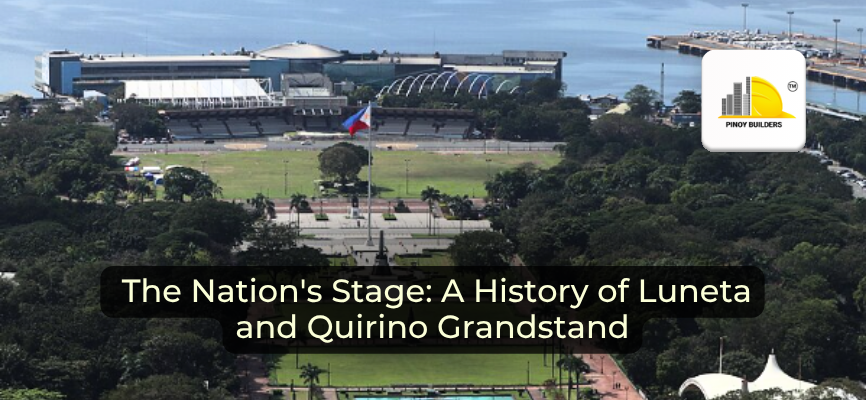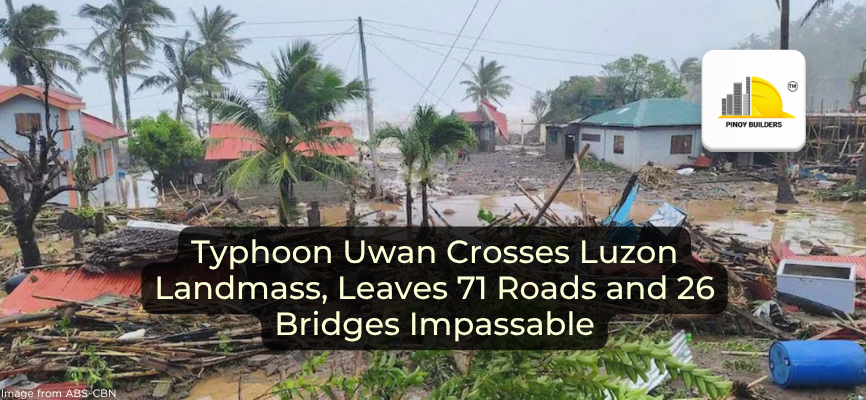The P8-billion bridge project intended to connect Boracay Island to the mainland has sparked a standoff between national infrastructure goals and local governance. While the Department of Public Works and Highways (DPWH) recently confirmed that San Miguel Holdings Corp. (SMHC) is virtually unopposed to secure the contract, the Aklan provincial government has formally rejected the proposal, citing threats to the island’s environment and local livelihoods.
No Rival Bids
According to the DPWH, no competing bids were submitted to challenge SMHC’s unsolicited proposal by the October 18 deadline of the Swiss Challenge period.
“No other proposals came in by the deadline,” the DPWH confirmed, paving the way for the infrastructure arm of San Miguel Corp. (SMC) to secure the contract for the 1.2-kilometer limited-access bridge. The facility, part of a larger 2.54-kilometer road system, is designed to carry pedestrians, bikers, and utility lines connecting Caticlan in Malay, Aklan to the resort island.
Under the Public-Private Partnership (PPP) Code, the absence of better comparative proposals allows the contract to be awarded to the original proponent.
‘Strong Objection’ from Aklan
Despite the project’s procedural advancement at the national level, it faces a formidable hurdle on the ground. The Sangguniang Panlalawigan (SP) of Aklan passed a resolution on October 8 expressing “strong objection” to the project.
The provincial board warned that the bridge would “destroy the allure of Boracay” as an exclusive island destination. Aklan Governor Jose Enrique Miraflores has previously raised concerns that the bridge could facilitate over-tourism, exceeding the island’s carrying capacity and eroding its “island feel.”
Financially, the local government fears a massive revenue loss. The province and the municipality of Malay estimate a potential loss of over P600 million annually in terminal fees from the Caticlan and Cagban jetty ports—funds currently used to support public hospitals and social programs in the province.
Livelihood and Environment at Risk
The Caticlan-Boracay Transport Multi-Purpose Cooperative (CBTMPC), representing local boat operators, has voiced firm opposition.
The group pointed out that they had already invested nearly P500 million to upgrade their fleets to fiberglass vessels in compliance with recent government safety and environmental standards. They argued that the bridge would render these recent investments useless and displace approximately 500 workers, including boatmen and port personnel.
Environmental groups and the Boracay Foundation Inc. (BFI) have also flagged potential risks to the marine ecosystem, including damage to coral reefs and seagrass beds, as well as changes in tidal patterns.
Local Government Support Withdrawn
Support from the host municipality of Malay has also disintegrated. The Malay Municipal Council recently removed the bridge project from its Comprehensive Land Use Plan (CLUP) and Annual Investment Plan (AIP), effectively stripping the project of local endorsement.
Earlier this year, DPWH Secretary Manuel Bonoan stated that the project would require authorization from local leaders before proceeding. With the contract now effectively in SMC’s hands but the host LGUs firmly opposed, the P8-billion bridge faces an uncertain future as it navigates the conflict between corporate development and local autonomy.


